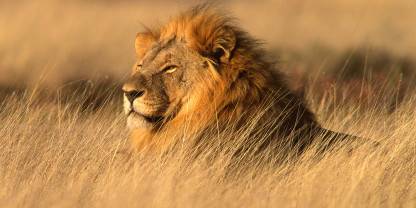Safety
In our opinion, Etosha National Park is a very safe travel destination. Crime of any sort within the park is almost unheard of.
The roads to Etosha, and inside the park, are generally in good condition and self-drive safaris are a popular option. There are long distances between settlements, so fill your petrol tank whenever you can and always carry plenty of water.
For the most up-to-date information about safety in Namibia, check the travel advisories (see the ‘Governments’ Travel Advice for Namibia’ link below).
- General Travel Safety Precautions
- Cities & Urban Areas: Safety Precautions
- Safety & Security – Namibia
- Governments’ Travel Advice for Namibia
Malaria & Vaccinations
Malaria is present in Etosha. The risk is low from May to October but increases during the wetter months from November to April. During this period, it is advisable to take antimalarials. You should also take precautions such as covering up in the evening and applying mosquito repellent (those containing DEET are most effective). Visit a travel clinic before coming to Namibia. Several vaccinations are recommended and usually administered before your departure.
Wildlife Viewing
Wildlife viewing is very safe. Incidents are rare and easily avoided. Visitors on a self-drive safari should familiarize themselves with the rules of the park. Those on a guided tour should listen to their guide’s instructions. There are many elephants in the park and it is important not to drive between a herd or approach them too closely.

